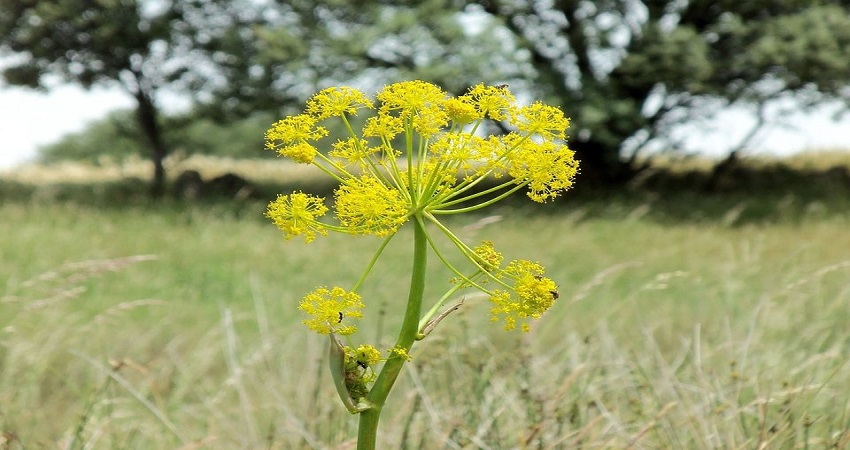Asafoetida

Tejarat Bank Museum
April 19, 2020
Titi Caravanserai
April 22, 2020Asafoetida: A Wonder of Traditional Medicine
Asafoetida is an important medicinal herb with numerous health benefits. Asafoetida has an umbel inflorescence. It is a big perennial shrub that could grow as high as 2.5 meters. The plant has a rather thick and sturdy stem with a rough surface. Asafoetida has an umbel inflorescence.
In Iran, Asafoetida grows in the provinces of Khorasan, Sistan and Baluchestan, and Kerman as well as in southern parts of the country. The oleo-gum-resin extracted from the plant’s roots or base of its stem has medicinal properties. It has long been used as an expectorant, a carminative, and an antispasmodic for the colon.
It has also been used in the form of suppositories to cure muscle cramps. The herb is very popular with African Americans. It is also used to treat stomach cancer, corns, and calluses and functions as a diuretic, painkiller, and stimulant.
It is also used to stop menstruation and treat asthma, seizure, and cancer. Asafoetida has a taste stronger than that of onions and garlic and is available in the form of oleo-gum-resin or lotion.
Drugstores and supermarkets sell Asafoetida as a preservative or spice as well. It is sometimes used in very small amounts in some kinds of chocolate, beverages, spice, and sauce.
The herbal medicine is also used to treat urinary tract infections, rheumatism, gout, sciatica, back pain, and joint pain. It helps digest food as well. It also helps cure burns, hemorrhoids, hypertension, and respiratory diseases such as asthma.
Although asafetida has not been used widely in Iran’s traditional medicine, it is one of the country’s major herbal exports. Its buyers analyze the herb with complex methods to extract dozens of invaluable substances such as resin, which could be used in pharmaceutical, hygienic, cosmetic, and industrial products.

